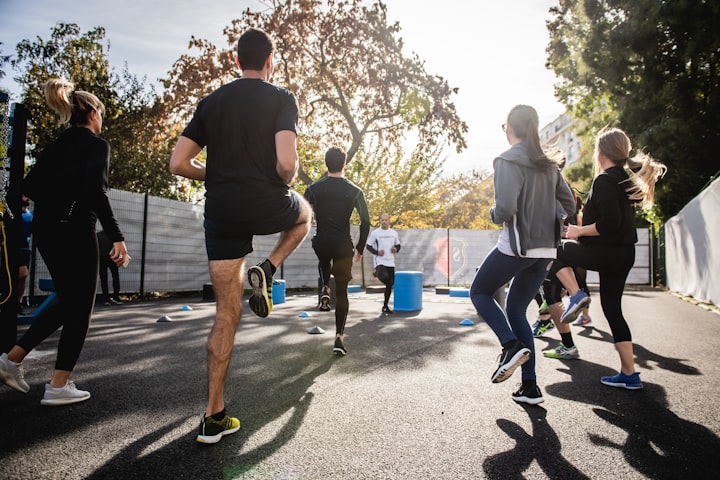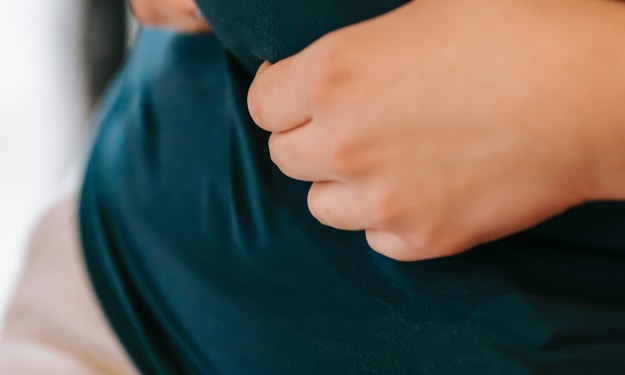Seven recommendations for safe summertime exercise
The thought of exercising may be the last thing from your mind when the summer temperatures climb. However, just because it's hot doesn't mean you can't still work out if you want to, even though you might need to make a few changes to your regular routine.

In general, those with underlying medical issues, children, pregnant women, and the elderly are more vulnerable to the harmful consequences of heat stress. So when the weather gets hot, these populations might prefer to skip exercising. It's still crucial to exercise with caution, even if you're a generally healthy, energetic person.
Our bodies are put under a lot of strain to cool down when the stress of activity and heat combine. Sweating, a significant component of our body's main cooling mechanism: evaporation, is one of the most obvious ways our body reacts. Because of this, when it's hot outside or when we're exercising, our bodies tend to perspire more.
Additionally, the demands on our cardiovascular system are higher. Our muscles need enough blood flow to be able to continue moving when we exercise. In order to direct blood to the skin's surface, where it is cooled and returned for recirculation, the heart must work considerably harder when it is hot outside.
This is also the reason why prolonged exercise in the heat can cause dehydration in addition to making exercise feel harder on a hot day. As a result, the heart, muscles, and lungs may have a harder time functioning normally.
Here are some of the greatest activities you can engage in to beat the heat if you're considering working out on a hot day:
1. Stay hydrated
Before you even consider exercising, be certain you're properly hydrated. The most reliable indicator that you are well hydrated is often pale yellow urine. Drink fluids frequently and in small amounts while exercising; to keep them cool, place them in the shade or put them in an insulated bottle.
Additionally, you might want to think about putting electrolyte tablets in your drink. These not only enhance flavor but also make sure that important minerals (such as salt and potassium) lost through perspiration are replenished. After your workout, remember to rehydrate with cool water, a sports drink, or even a glass of milk, which has protein and electrolytes.
2. Reduce your level of exertion.
To account for the higher heart rate and greater perceived exertion, begin your workout gradually and decrease your intensity. If possible, try swimming or an air-conditioned gym session in addition to temporarily switching your outside exercise.
Exercise Bike for Home Gym with Comfortable Seat Cushion
3. Make plans.
Aim to perform your workout in the early morning or late evening when outdoor temperatures and solar heat are lower by paying attention to weather forecasts before you go.
4. Don the proper attire
Wear breathable, light-colored, loose-fitting clothing to assist your body stay cool by allowing sweat to escape more quickly. Also bring a hat and sunglasses. Important: To prevent sunburn, apply strong, water-resistant sunscreen at least 30 minutes before exercising.
5. Make a switch
If you can, stay away from exercising in metropolitan areas. Look for a workout location that is cooler and has greenery, shade, or even a body of water nearby. Running should be done in loops so that cool drinks can be provided in convenient locations so you can rehydrate. You might also think about exercising with a buddy so you can watch out for one another.
6. Mix cooling techniques
Use cooling techniques before, during, and after an exercise that are both internal (such eating an ice pop or drinking cold water) and external (like wearing an ice vest or cold towel). Another useful method for lowering temperature is to run cold water over your hands, forearms, and feet. However, nothing compares to taking a cold shower or even an ice bath before and after working out.
7. Pay attention to your body
Exercise on a hot day should be done with the utmost caution because heat illness can be fatal. Watch your heart rate and pay attention to how your body is feeling. Heat exhaustion symptoms include headache, dizziness, confusion, excessive perspiration, stomach cramps, nausea, extreme fatigue, and unusually heavy breathing or a rapid heart rate. If you're not feeling well, pay attention to your body, adapt your exercise, and quit.
However, the body does react to the heat fairly swiftly. Your body becomes more adapted to exercising in high temperatures after five to ten days, and your risk of heat illness may decrease. Even so, it's still crucial to exercise with caution in hot weather by adapting your routine and paying attention to your body.
If you suspect that you have heat illness, take quick action to cool your body down by dousing yourself in cool water, submerging yourself, or fanning yourself in the shade. If it's serious, you should get emergency assistance.
About the Creator
Januka Rathnayaka
Exercising regularly, every day if possible, is the single most important thing you can do for your health.






Comments
There are no comments for this story
Be the first to respond and start the conversation.